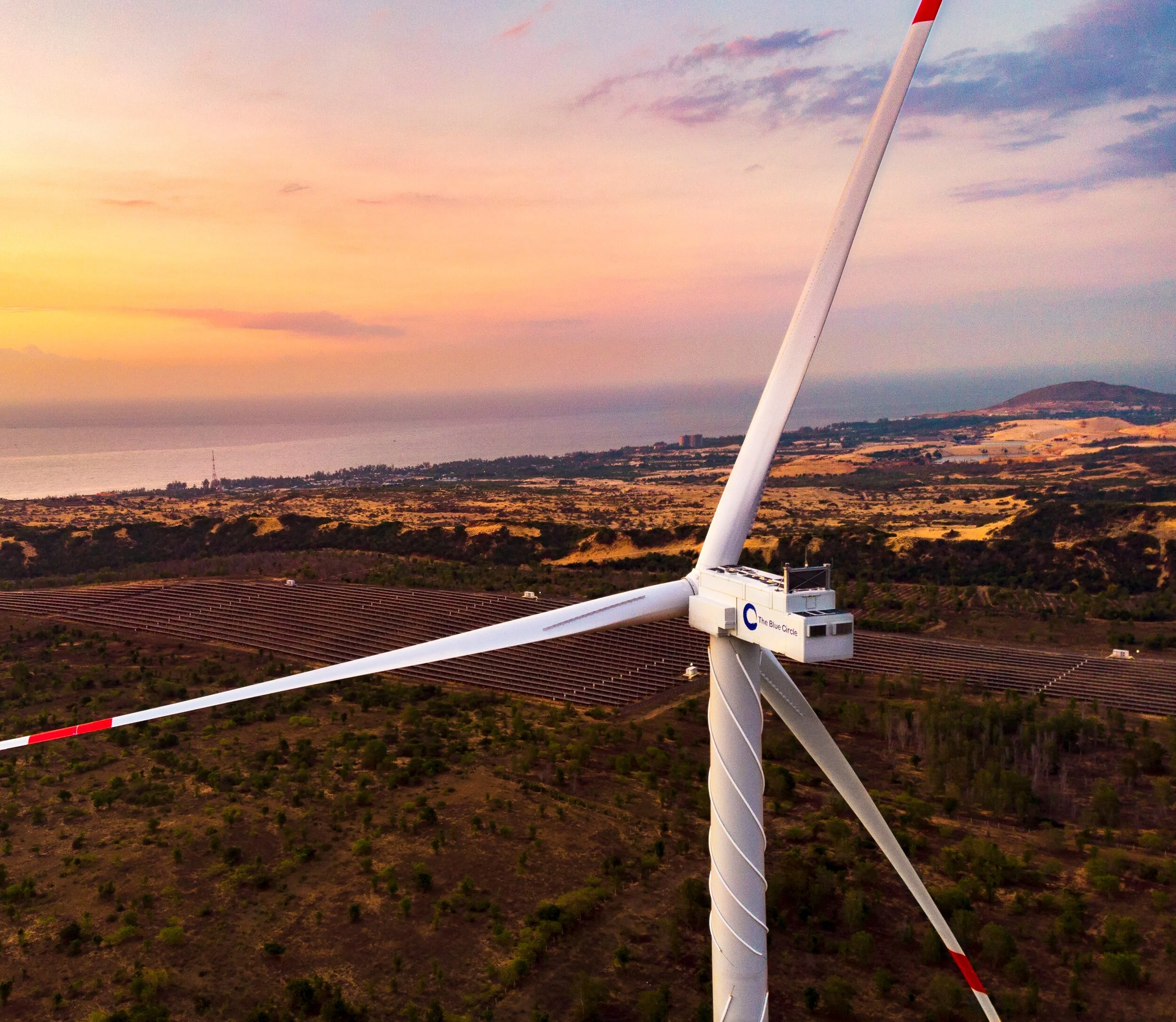Coal is pricing itself for extinction, even before any carbon tax
On September 2nd 2021, the benchmark spot price for thermal coal reached US$182 per ton. The previous all-time high was in July 2008 at US$184.50 but in the meantime the black hydrocarbon went as low as US$ 43.60 in January 2016 and again reached US$47.20 in August 2020. Over the last twelve months, the price of thermal coal has nearly quadrupled on international markets.
This unprecedented volatility has been caused by what seems now a perfect storm for the coal market: Australia, the second largest coal producer in the world, has been impacted by Covid and by Chinese ban on its production amid rising political tensions and a trade war; Indonesia, number one coal exporter, has been hit by an unusually wet summer monsoon due to la Niña in the Pacific and has restricted exports to keep its local market stocked, Russia, the third largest exporter in the world, has seen its shipments affected by floods, and finally India, the second largest importer of coal, is expected by ADB to have its GDP rebounding 11% by March 2022, and is heavily buying coal ahead of the dry season.
Since the peak of coal's share in the global energy mix in 2008, when coal accounted for 30% of global energy production, many countries have pledged to phase-out coal from their energy mix despite estimates that projected coal reserves to have the capacity to last for centuries at current consumption levels. The latest on the list were the Philippines and Indonesia, to declare a moratorium on new coal plants in 2021. As Sheikh Yamani, former Saudi Arabia Minister of Petroleum and Mineral Resources from 1995 to 2016, used to say: “The stone age didn’t end for want of stones”, the coal age will not end by a shortage of coal.
What is often identified as the dirtiest fossil fuel has been responsible for over 30% of the global average temperature increase above pre-industrial levels according to the International Energy Agency (IEA). The continued closure of coal power plants in North America, Australia and Europe in the last 10 years has averted any new investments in coal mines around the world. In 2016, two of the largest US coal miners, Arch Coal and Peabody Energy has declared bankruptcy. Given the level of fatal accidents in its domestic coal mines, China has discouraged smaller mining operations and decreased its national extraction, putting even more pressure on international markets to supply its power sector.
Even if temporary, the actual coal price volatility could be a boon to demonstrate to utilities that not only the largest anthropogenic source of carbon dioxide is damaging the planet but also that it cannot be relied upon for 40 years investment decisions. A typical coal Power Purchase Agreement has its electricity purchase price indexed on the price of coal (except in very rare cases), the current surge of the (mostly imported) fossil fuel cost will have an inflationary impact on the utilities Profit & Loss account as well as on the Balance of Trade of the importing country.
For the power plant operator, as the fuel cost typically represents 60% of its operating costs, the 2021 spike is actually increasing its generation cost by a factor of 2.25x, pushing coal power kWh price much higher than intermittent renewable sources (solar and wind) + storage. For the utility, the typical Power Purchase Agreement being take-or-pay, it will force them to buy inflated coal electricity whatever is the international price of the commodity and will squeeze their profitability while their own selling contracts are mostly at a fixed price.
Even if this highly unpredictable and potentially leading to bankruptcy cost of coal energy don’t deter utilities from using it, maybe the coming carbon tax implemented by the EU will.
On July 14th 2021, the European Commission adopted a proposal for a new Carbon Border Adjustment Mechanism which will put a carbon price on imports of a targeted selection of products. This will ensure that European CO2 emission reductions efforts and targets contribute to a global emissions decline, instead of pushing carbon-intensive production outside of Europe. “It also aims to encourage industry outside of the EU and our international partners to take steps in the same direction” stated the European Commission in July 2021. This is the first time that the largest economic bloc on the planet decide to tax externalities. The potential impact of this EU Green Deal will be felt in the future by export oriented Southeast Asia economies and support their expected renewable energy push.
That would mean for countries like Cambodia, where 44% of its power came from coal in 2019 and 32% of its exports are going to the European Union, that the carbon contend of goods produced in Cambodia will have to be compensated for the portion higher than the ones produced in the EU. So not only Electricité du Cambodge (EDC), the local utility, could have to buy expensive and volatile coal power in the future but some of its clients exporting to the EU could be taxed on the carbon contend of its electricity.
Several of these clients, H&M, Adidas, Puma and Gap among others, have already sent a letter to the Cambodian government in August 2020 to raise the issue. As H&M stated “countries who see coal as a viable energy source for the future will lose out”. Neighboring Thailand, on the contrary, is putting net zero target in its Emission Strategy Plan and targets to reduce energy sector CO2 emissions by 60% before 2050 by pushing renewables share above 50% of its mix and replacing coal by LNG.
Only wind, hydro and solar energies offer an unbeatable power price stability over 25-30 years with fixed price PPAs (only the local currency portion could be indexed on local inflation in some instances), without any air or water pollution and without global warming impact. Wind and solar are already the lowest cost energy providers in China and Western countries. Time has come to leave coal as the energy of the XIXth century and to build the energy mix of the XXIst century.
Olivier Duguet
Chairman & CEO
The Blue Circle Pte Ltd









